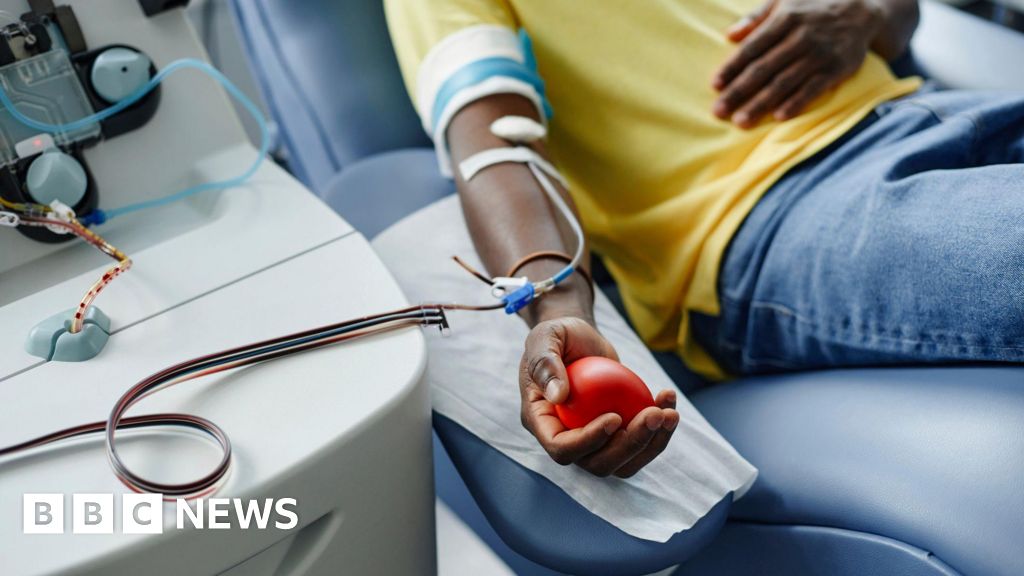ARTICLE AD BOX
Image source, Getty Images
Spain has approved a draft bill that would remove the requirement for 16 and 17-year-old girls to have parental consent before terminating a pregnancy.
The new bill is aimed at reforming a previous abortion law approved by the conservative People's Party in 2015.
Government spokeswoman Isabel Rodriguez said the bill represented "a new step forward for democracy".
If the bill is approved, Spain will become the first country in Europe to offer its workers paid menstrual leave.
In Spain, voluntary abortion is allowed up until the 14th week of pregnancy.
But doctors in traditionally Roman Catholic Spain will still be able to sign up to a register of conscientious objectors, El País reports.
Equality Minister Irene Montero said government institutions had to "discard taboos, stigmas and guilt regarding women's bodies".
The sexual and reproductive health bill also aims to give employees three days of sick leave for painful periods, the draft says, potentially extending it to five days for particularly intense or incapacitating pain.
Spain says the state social security system, not employers, will pay for this sick leave.
Abortions for 16 and 17-year-olds and sick leave for severe menstrual pain are all components of the new bill.
Spain has also said it will impose tighter restrictions on surrogacy, which is already banned in the country.
The government has pledged to go one step further and ban advertisement for surrogacy agencies.
It says surrogacy is a form of violence against women and categorises any type of forced pregnancy, abortion, sterilisation or contraception in the same way.
The proposals in the sexual and reproductive health bill aim to boost the development of hormonal contraception for men, stressing that contraception is not the responsibility of women alone.
Spain's left-wing coalition government came to power almost four years ago and has made women's rights one of its key areas.

 3 years ago
31
3 years ago
31








 English (US) ·
English (US) ·